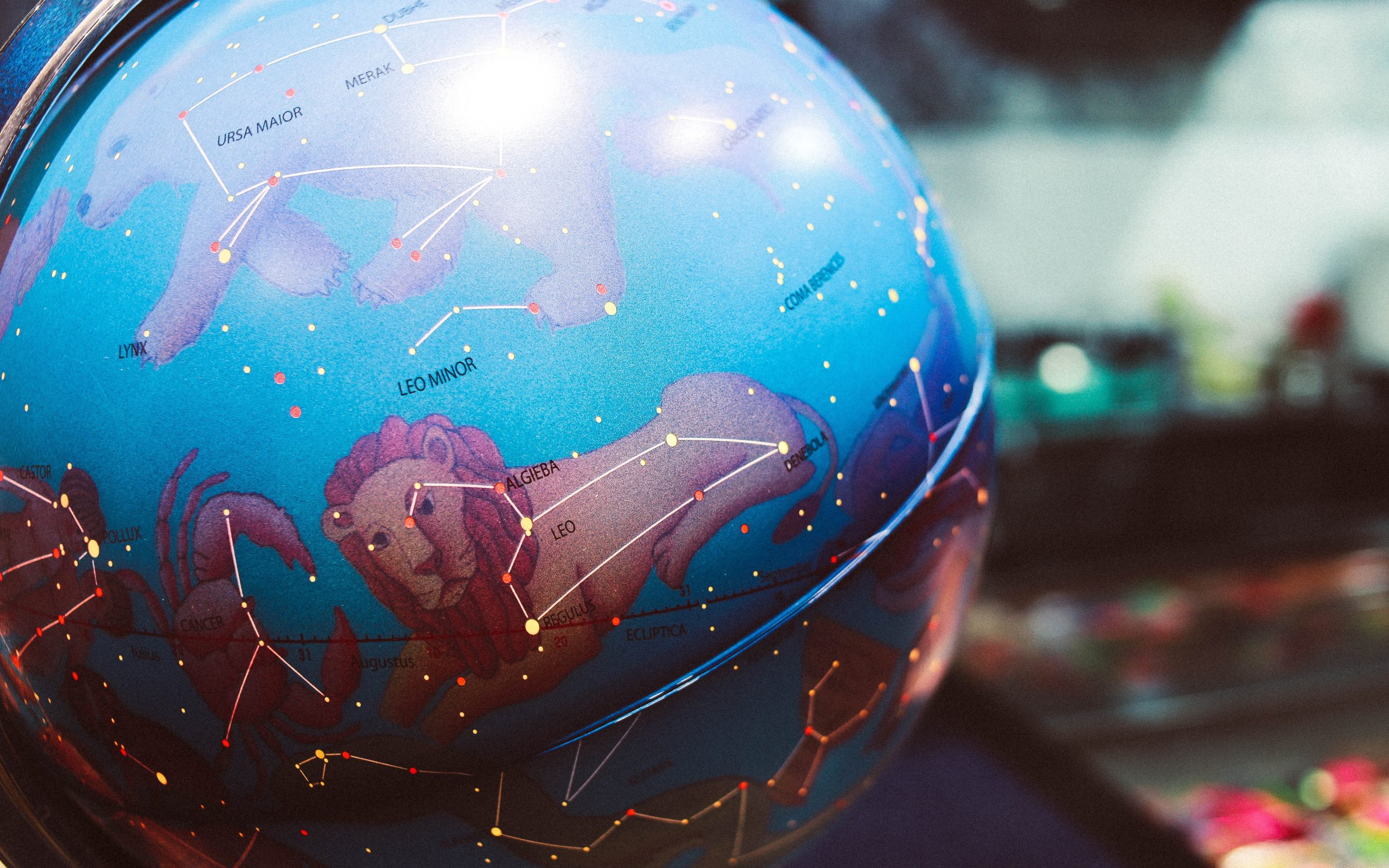How Long Do Moon Phases Last?
The moon has been a source of fascination and wonder for centuries. Its ever-changing phases have captivated astronomers, poets, and dreamers alike. But have you ever wondered how long each moon phase lasts? In this blog post, we will delve into the intricacies of the moon’s phases and explore their durations.
Understanding the Moon’s Phases
Before we dive into the durations of moon phases, let’s briefly understand how they occur. The moon’s phases are a result of its position relative to the sun and the Earth. As the moon orbits the Earth, different portions of its illuminated surface become visible from our vantage point on Earth.
The moon goes through eight primary phases, which include the new moon, waxing crescent, first quarter, waxing gibbous, full moon, waning gibbous, third quarter, and waning crescent. Each phase lasts for a specific duration, resulting in a continuous cycle that repeats every 29.5 days, known as a lunar month.
Durations of Moon Phases
To better understand the durations of the moon’s phases, let’s take a closer look at each phase individually:
-
New Moon
The new moon phase occurs when the moon is between the Earth and the sun, with its dark side facing towards us. This phase marks the beginning of a lunar month, and it typically lasts for about 1 to 2 days.
-
Waxing Crescent
Following the new moon, a small sliver of the moon becomes visible, marking the start of the waxing crescent phase. This phase lasts for approximately 3 to 4 days as the illuminated portion of the moon grows.
-
First Quarter
The first quarter phase occurs when half of the moon’s illuminated side is visible from Earth. It usually lasts for around 7 days as the moon continues its orbit.
-
Waxing Gibbous
After the first quarter, the waxing gibbous phase begins. During this phase, more than half of the moon is illuminated, but it’s not yet a full moon. The waxing gibbous phase typically lasts for approximately 7 to 9 days.
-
Full Moon
A full moon is a stunning sight to behold. At this phase, the entire illuminated face of the moon is visible from Earth. The full moon phase generally lasts for about 3 days.
-
Waning Gibbous
Following the full moon, the moon enters the waning gibbous phase. The illuminated portion begins to shrink, and this phase usually lasts for around 7 to 9 days.
-
Third Quarter
The third quarter phase occurs when half of the moon’s illuminated side is visible once again, but this time in its waning state. Similar to the first quarter, the third quarter phase lasts for approximately 7 days.
-
Waning Crescent
The final phase of the moon cycle is the waning crescent. During this phase, only a small sliver of the moon’s illuminated side is visible. It typically lasts for about 3 to 4 days before transitioning back to the new moon phase.
Factors Influencing Duration
While the durations mentioned above serve as general guidelines, it’s important to note that the exact lengths of moon phases can vary slightly. Several factors can influence the duration of each phase, including atmospheric conditions and the observer’s location on Earth.
Additionally, the moon’s elliptical orbit around the Earth can cause minor variations in the durations of the phases. Perigee, the point in the moon’s orbit closest to Earth, can cause phases to be slightly longer, while apogee, the farthest point from Earth, can make them slightly shorter.
Observing the Moon’s Phases
Observing the moon’s phases can be a captivating experience. Whether you’re a casual observer or an avid astronomer, tracking the moon’s phases can provide a deeper understanding of the celestial dance happening above us.
To observe the moon’s phases, you can simply gaze at the night sky or use various resources such as moon phase calendars, mobile applications, or astronomical websites. These tools can provide accurate information about the moon’s current phase, allowing you to plan your observations accordingly.
Conclusion
The moon’s phases offer a never-ending spectacle that has fascinated humanity for centuries. From the waxing crescent to the waning crescent, each phase has its own unique beauty and charm. While the durations of moon phases remain relatively consistent, minor variations can occur due to various influencing factors.
By understanding the durations of moon phases, you can make the most of your moon-watching experiences. So, whether you’re an amateur astronomer or a dreamer enchanted by the night sky, take a moment to observe the next phase of the moon and let its wondrous beauty captivate your soul.
Table of Contents
